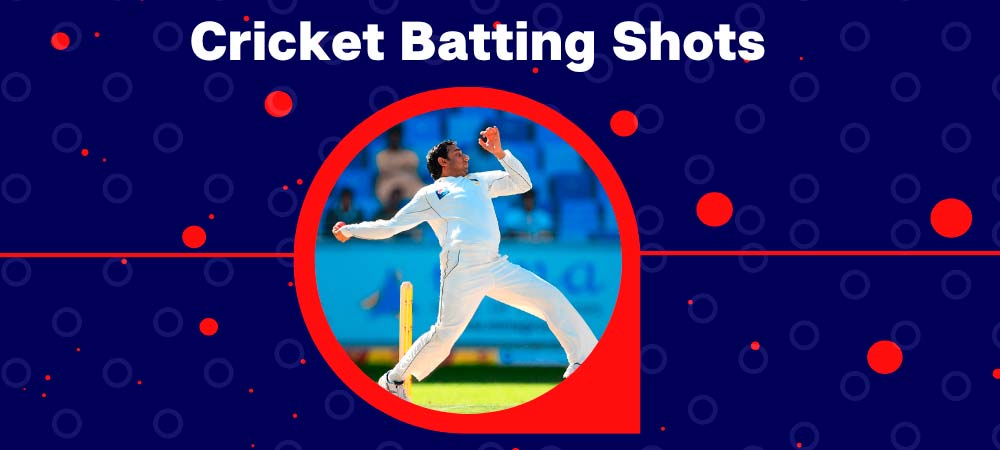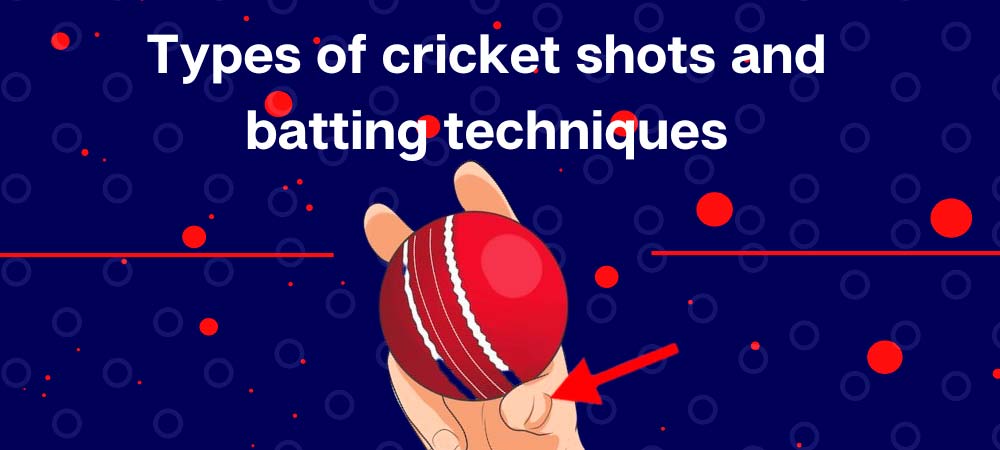You are not the first person to be frustrated by a cricket match for what seems like an eternity, and you won’t be the last. It may seem the length of cricket games is strange at times, but it isn’t always the case. Compared to other sports such as football, I believe cricket matches last longer.
It may seem difficult to believe that a cricket match can last so long if you are not familiar with the sport. Even if it isn’t entirely accurate, we cannot deny that some kinds of cricket matches may last longer than football or rugby matches.
Is a cricket match last for a long time?
Cricket is played in a variety of ways, so the answer depends on that. Cricket games can last for a variety of periods of time depending on the format. Here are the different kinds of cricket games and their durations:
- Several internationally-known series, such as The Ashes, utilize the test match format. The test match is the longest match. Typically, five-day matches include eight hours of play per day and 90 overs per day. Matches typically last three to five days, with an average of eight hours of play every day.
- One-Day Internationals (ODIs) – One-Day Internationals are played on in a single day. To achieve the maximum score in this format, each team is given 50 overs. On average, eight hours are needed to complete the match.
- The most common format is the T20 match. There are 20 overs allowed for each team. Games last anywhere between two and three hours.
- Professional cricket’s shortest format, T10 matches, is gaining traction. An average game lasts between one and two hours, with ten batting overs allowed in each time slot.
- In the Hundred, teams receive 100 balls. Due to the COVID outbreak, the Hundred league has not yet begun, but a full game is expected to last around 2.5 hours.
- In order for the figures above to hold, both teams must bat the entire allotted period of balls. Games may end sooner if one team dominates.
But in this article, I will go over each and every क्रिकेट shot that batters can take. In addition, I’ll go over the methods and techniques for picking a suitable shot from a delivered ball.
Readers will learn about shot selection so that they can become more proficient runners in the field.
Cricket Batting Shots – what are they?

Cricket shots are made with a bat in response to a bowler’s delivery. Some shots are only appropriate for certain balls. Traditionally, there are two kinds of shots – front foot and rear foot. The two sections of batting have a total of 14 shots each:
- Straight Drive. Direct driving refers to an attacking shot in which a straight ball strikes the bat on the half-volley. As long as the bowler executes his delivery correctly, the ball will travel almost directly past him in a narrow arc between the mid-off and the mid-on regions.
- Cover Drive. Cover drives require similar techniques to straight drives. A full delivery will be played to this shot that pitches outside of off stump. The only real difference will be the direction of the ball. Those fielders between the cover and extra cover will be able to catch the ball if it is played correctly.
- On Drive. On drives are attacking shots played to balls delivered around or on leg stumps. In order to direct the ball between mid-on and midwicket, batsmen should put their foot near where the ball lands.
- Square Drive. In this case, the ball is in a different position than the first three. When the ball is full and wide in front of off stump, batsmen will square drive it. If the technique is correct and the bat face has been opened, the bat will face the point on the offside. This will result in the ball landing between the point and the cover.
- Forward Defense. The name of the shot implies it is defensive and plays with a long ball in an area where scoring is difficult. It is ideal to strike the ball straight from the bat, and for the ball to then travel slowly back to the bowler.
- Sweep. Using a horizontal bat, we will execute an attacking sweep that is aimed at dispatching the ball to the square leg boundary.
- Reverse Sweep. Reverse sweeps were considered unconventional once, but now they have become so ubiquitous that they have even become a standard. A spinner’s full delivery on the off stump must be reversed while the ball is in the air by the batsman. Once the ball has been reversed it should be squared.
- Square Cut. As this is the first shot in this section in which a horizontal bat is used, it is also a very aggressive shot. With the short ball, the batsman can release his hands and play with power and timing between extra cover and backward point.
- Pull Shot. A horizontal bat can also be used for pulling shots. This time, it should be used against pitches pitched near the leg stump to the middle. When on their back foot, the batter brings the bat horizontally across from their offside to their leg side.
Depending on the pace and point of impact, a pull shot can travel anywhere from fine leg to deep midwicket.

